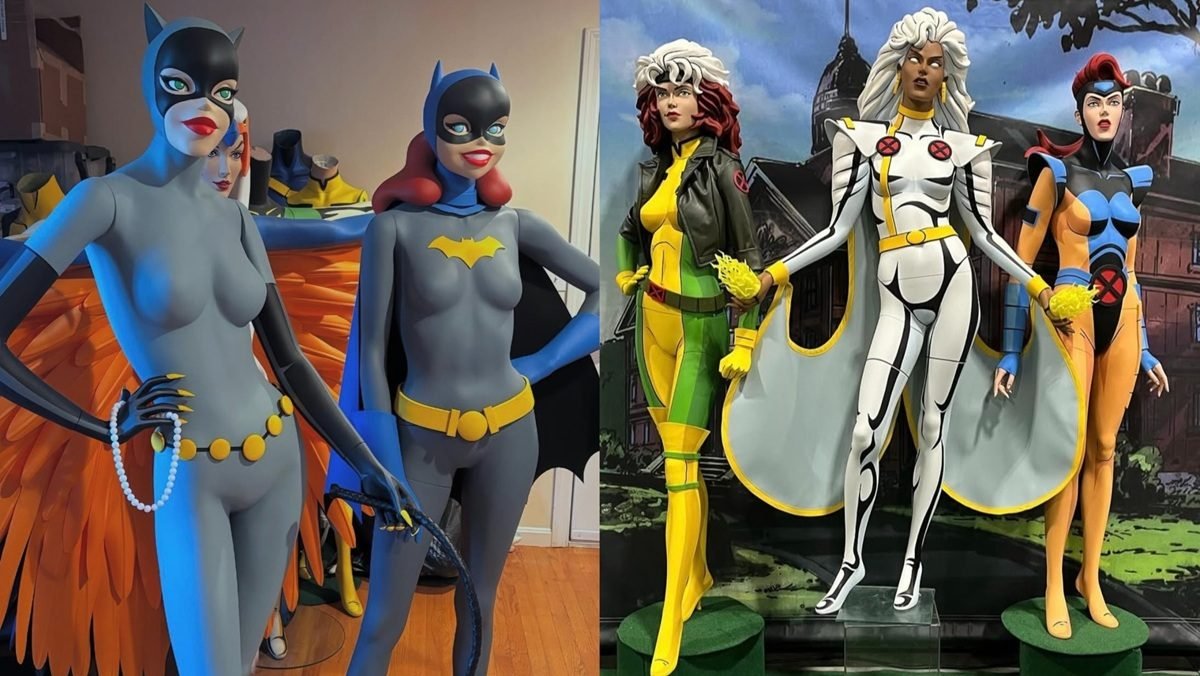COVENTRY — Barbara Timberman describes her work as still life with vivid colors. Her painting reflects her love for nature and colors, always trying to offer a sharp eye on the smallest details of a plant or an object.
The first form of art she practiced was tapestry weaving, but as the subject of her tapestry became more difficult, she realized she needed to take drawing classes. When she got married and had children, weaving became too complicated, and she decided to take water coloring classes.
Interested in botany, she always enjoyed drawing plants and transposed this passion of hers in her watercolor work.
Although watercoloring came late in her life, she has developed a real love for it. She did try other media like acrylic but always found her way back to watercolor. She found acrylics to be “mushy” and “unspecific,” while watercolor offers sharpness.
“What’s nice about the watercolor is that you can be very specific and detailed and you can capture all of the features of a certain plant,” Timberman said. “That’s where I always start, with the plants. I always start with the flowers, trying to get it as perfectly as I can.”
For her still life paintings, she creates little sets with plants and objects she likes, creating a small world and a story. She uses what is available and draws everything out before painting it, thinking about how each part of the composition fills the space.
Once the drawing is done, she said she paints the flowers and the colorful things first, especially if she includes an object that reflects what’s next to it. The last thing she paints is the background, a moment where she has to be careful to not mess up the rest of the painting.
“It’s a little more spontaneous up to a point, and then you have to be disciplined about what you’re putting into the picture,” she said. “The farther in I get, I have to be more and more careful and less spontaneous and make a color plan, because that’s what my paintings are about mostly, is color.”
Painting is a meditative process, and she finds it very absorbing, she said. Every night, after dinner, she paints for a few hours in her studio. If she has time and her body allows it, she will also paint during the day and never sees it as an issue because she loves it.
“I just love the way the paint flows off the brush, I love the way the paper takes the paint and holds the color on the surface,” she said. “I use hot pressed paper that is very smooth, and I tend to use a lot of paint. I work in layers, but in the end, I’m not satisfied unless it is really vivid. That’s what I like about it, its brightness.”
Every time she paints, she learns something about the plants. The way she looks at them is different and she will focus on more details, to the point that sometimes, she might see things that aren’t even there.
“When you’re painting flowers and there are shadows in the flowers, they have to be very subtle,” she said. “Sometimes there’s an iridescence in flowers, so you add little hints of color.”
One thing she is currently perfecting is painting roses, and she finds them hard to do because they have so many petals and subtle facets. She often practices little pictures of the flowers she wants to include in her painting to reproduce them in the most realistic ways possible, including the shapes, and the nuances of the color shades.
Even though she now has a lot of experience in watercoloring, Timberman is always looking for ways to improve her skills and take on new challenges. As of now, she wants to paint things that look deeper. She believes her current paintings are shallow and she wants to expand out in the world more.
“How do you get better? You never quit. You can’t do the same things over and over and over again,” she said. “You can’t shrink back from doing something that’s hard, you just have to try and keep going.”
Her advice for young artists would be to learn to draw, keep a sketchbook at all times and don’t give up.
One thing she would like the people who look at her artwork to see is the joy she tries to put in her paintings. She believes joy comes from the appreciation of nature and the pleasure of seeing how beautiful things are when they work together.
“Draw every day and you’ll train your eye to not make mistakes,” Timberman said. “Sometimes people will start to paint too soon, and the proportions, the shapes, something’s off, and it always carries through.”






